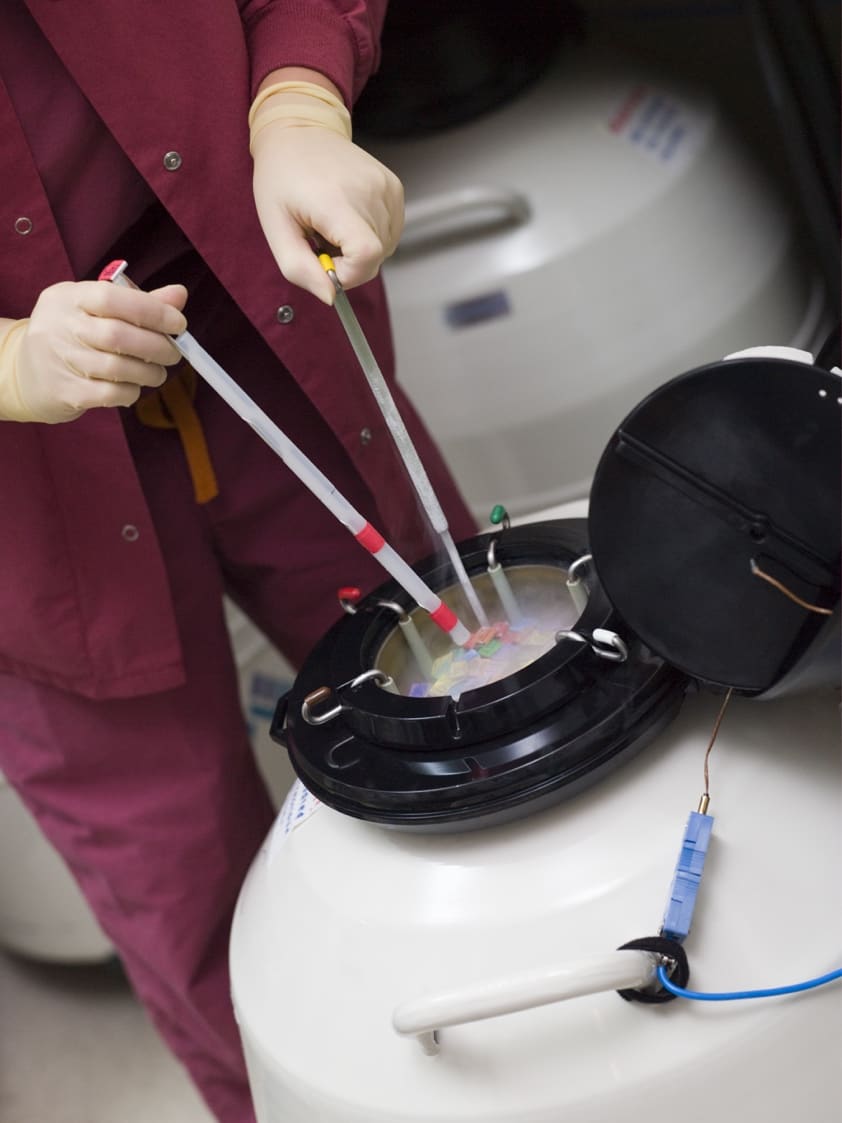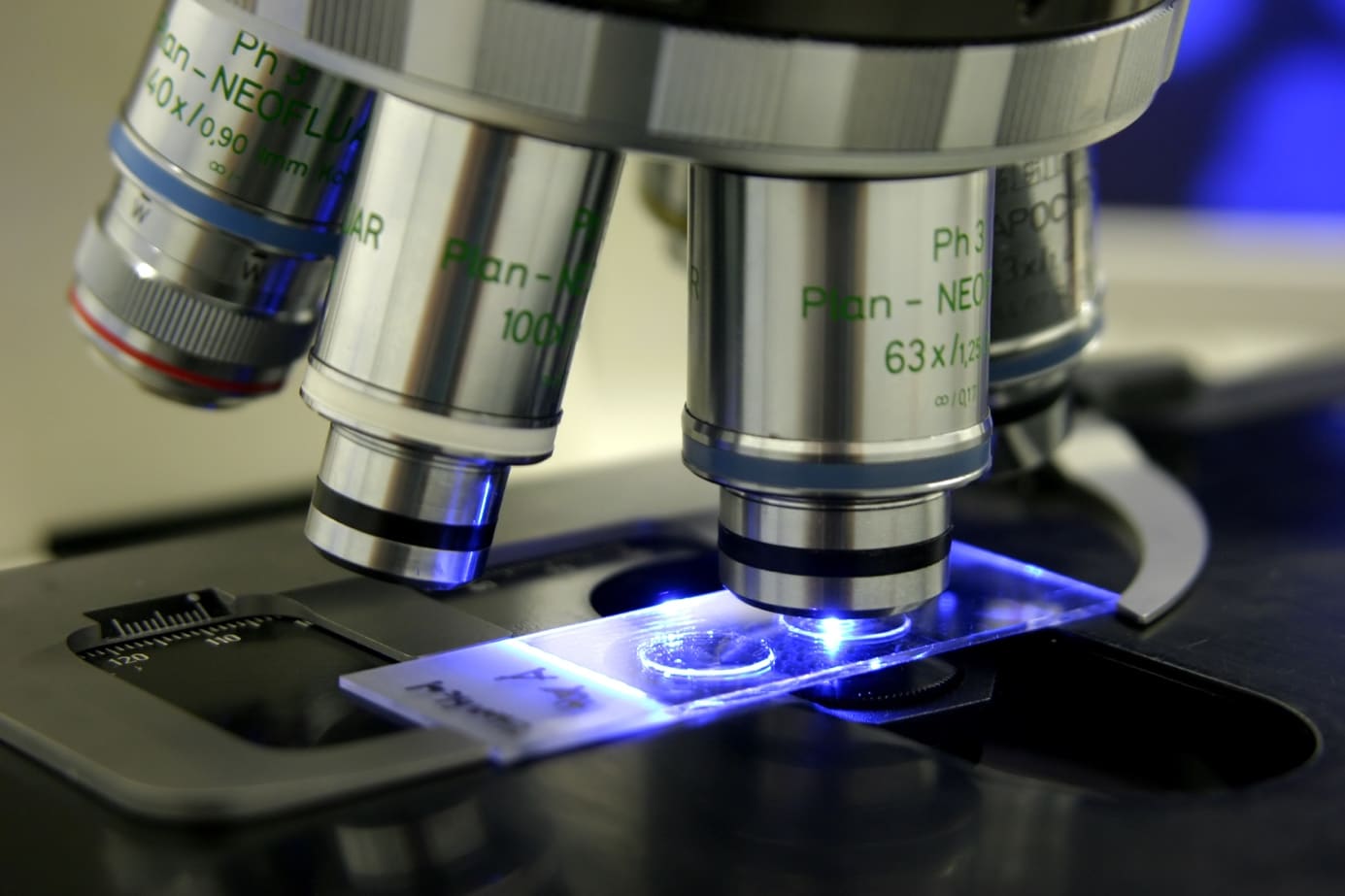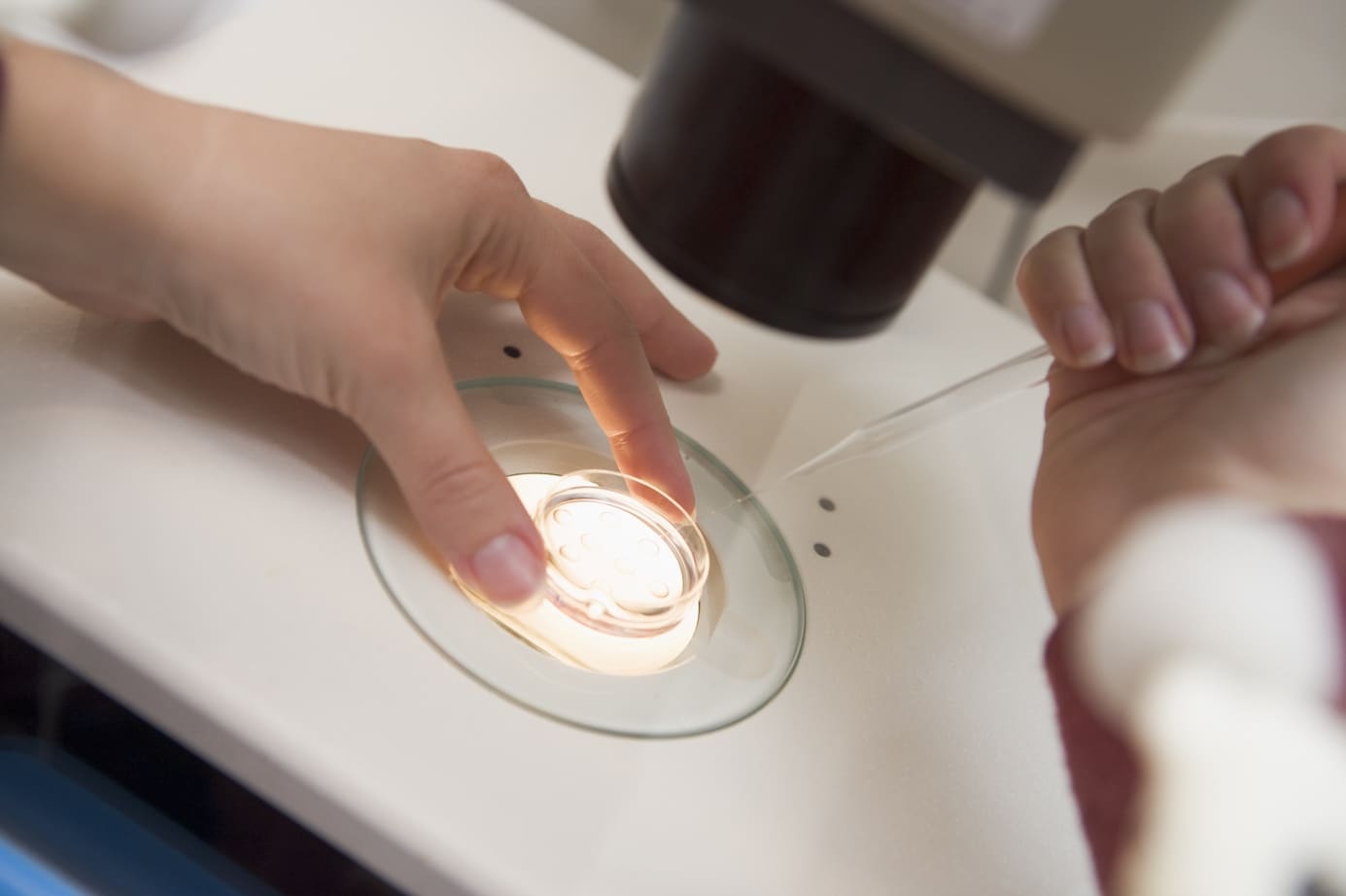ICSI

During the ICSI procedure, a single selected sperm is injected directly into an egg cell using a special glass micro-needle, operated with a special set of micromanipulators.
ICSI is used when there are significant abnormalities in the semen analysis, which prevent conventional in vitro fertilization.
Only a few healthy sperm cells are needed for fertilization with this method. It is applied in situations of failed traditional IVF in previous cycles or suspected egg cell abnormalities. ICSI is also used when sperm are obtained through testicular or epididymal biopsy (PESA/TESA).
If previous ICSI fertilization cycles have failed, the doctor, in consultation with the embryologist, may recommend the so-called IMSI method to increase the chances of successful egg fertilization.
* Procedure performed by ANGELIUS Infertility Treatment in Warsaw.
IMSI
IMSI (intracytoplasmatic morphologically selected sperm injection) is a variation of the ICSI fertilization technique where sperm used for fertilization is selected under a special microscope at a very high magnification.
Thanks to the IMSI technique, our embryologists can better assess the structure of the sperm and exclude those with suspected abnormalities. Sperm identified as structurally normal are then used in the ICSI fertilization procedure. IMSI fertilization increases the chances of obtaining healthy embryos in couples with previous treatment failures or significant semen abnormalities.
* Procedure performed by ANGELIUS Infertility Treatment in Warsaw.

Vitrification

Freezing allows for the preservation of surplus embryos obtained during IVF treatment.
Vitrification consists in embryo freezing in liquid nitrogen. Embryos are placed in a protective solution inside special straws. This freezing method prevents ice crystal formation within the delicate cellular structures of the embryo, ensuring their protection.
Vitrified embryos can be thawed for the purpose of another pregnancy attempt. The effectiveness of previously vitrified embryos transfers is similar to transfers of so-called “fresh” embryos.
* Procedure performed by ANGELIUS Infertility Treatment in Warsaw.
IMPLANTATION SUPPORT AND ASSISTED HATCHING
In patients where, despite transferring properly developing embryos, there is no implantation in the uterine cavity, the embryo’s zona pellucida is incised using a special pipette or laser.
This procedure facilitates the so-called embryo “hatching” from the egg coat (zona pellucida), increasing the chances of its implantation in the uterus. Literature confirms the validity of this method, especially in embryos of women over 40, whose egg cell coat might be less receptive. The procedure involves creating a small window in the embryo’s coat. The entire process is performed under full microscope control, eliminating embryo damage.
* Procedure performed by ANGELIUS Infertility Treatment in Warsaw.

OOCYTE ACTIVATION
In some situations, like previous treatment failures, fertilization of retrieved egg cells might require additional support.
This is provided by using a special medium with a high calcium ion content, in which the egg cells are placed after fertilization. This enhances the effectiveness of IVF treatment, and the procedure using such a medium is called oocyte activation. Other indications include semen abnormalities that might result in reduced fertilization rates.
* Procedure performed by ANGELIUS Infertility Treatment in Warsaw.

EMBRYOGLUE

This is a special fluid (medium) in which embryos are placed right before their transfer to the uterus.
EmbryoGlue contains adhesive substances that protect the embryo during transfer and create a kind of a “bridge” between the embryo’s tissues and the uterus. Adding this medium increases the chances of embryo implantation in the uterus.
* Procedure performed by ANGELIUS Infertility Treatment in Warsaw.


